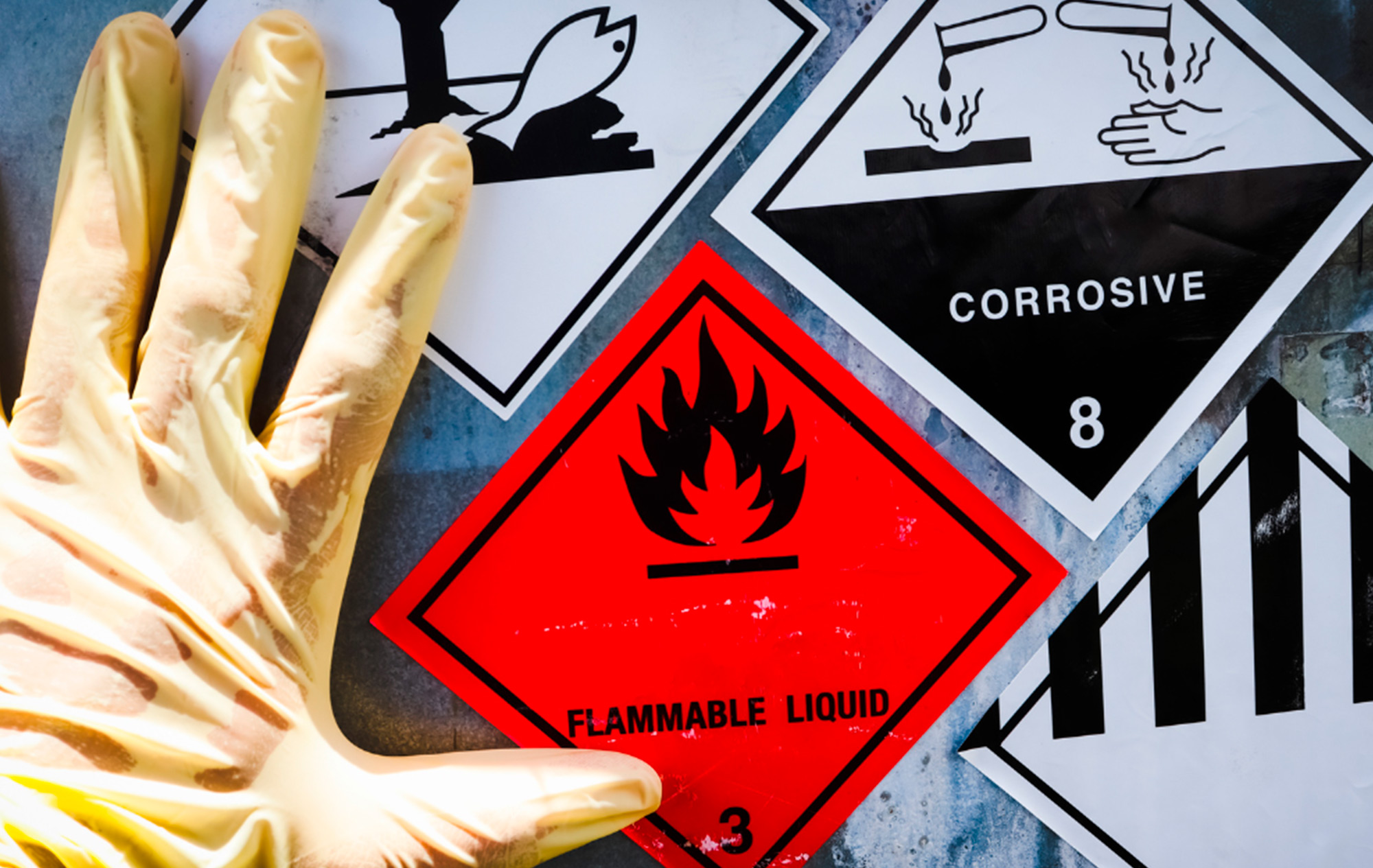Emerging risks in industrial safety and how to mitigate them: focus on new risks and the role of footwear
Industrial safety evolves at the same pace as technology, production processes and the working environment.
In this changing scenario, we must not only be aware of traditional risks such as falls, blows or cuts, but also of so-called emerging risks, those that arise from new working, technological or social conditions. Identifying and anticipating them is key to effective prevention. And in this process, safety footwear plays an increasingly strategic role.
What are emerging risks?
According to the European Agency for Safety and Health at Work (EU-OSHA), emerging risks are those that:
- Are on the rise (e.g. due to the number of people exposed).
- Arise from social, technical or organisational changes.
- Are not fully understood and are therefore difficult to control.
These risks do not replace traditional risks, but rather complement or exacerbate them. And their nature is increasingly complex, diffuse and often global.
Main emerging risks in industry
Some of the most relevant ones today include:
1. Automation and collaborative robotics
The use of robots and autonomous machinery leads to new types of injuries: unexpected entrapments, errors in human-machine interaction or misunderstandings in shared tasks.
2. Fatigue due to information overload and multitasking
Increased digitalisation has raised the cognitive load, which increases human error, especially in precision or repetitive work.
3. Nanomaterials and new chemicals
Exposure to ultrafine particles in sectors such as textiles, electronics and pharmaceuticals involves risks that are still poorly understood.
4. Climate change
Rising temperatures and extreme weather events affect both outdoor workers and those in enclosed environments without adequate air conditioning.
5. Psychosocial factors and mental health
Stress, pressure to be productive, and job uncertainty also have a physical impact (fatigue, accidents, errors) in the industrial environment.
How can these risks be mitigated?
Mitigation requires a multidisciplinary and preventive approach:
- Continuous risk assessments adapted to new technologies.
- Ergonomic workplace design.
- Specific training on new threats.
- Incorporation of innovative technical solutions (sensors, smart PPE).
And this is where safety footwear is no longer just a protective element, but a key component within the prevention ecosystem.
The role of footwear in the prevention of emerging risks
Safety footwear, when correctly chosen and used, can actively contribute to mitigating many of these emerging risks. Let’s see how:
✔ Prevention of musculoskeletal injuries
Ergonomic models, with good cushioning and lightness, reduce fatigue in prolonged standing work or continuous movement, mitigating the impact of physical overexertion.
✔ Adaptation to extreme temperatures
The new ranges of technical footwear allow for thermal regulation: they protect against extreme heat or severe cold, reducing the risks of heatstroke or frostbite.
✔ Resistance to modern chemicals
Advanced materials (such as technical microfibres, acid-resistant fabrics or hydrocarbon-resistant soles) provide an effective barrier against emerging chemicals or new forms of exposure.
✔ Detection and connectivity
Although still in their infancy, there are already prototypes of smart footwear that integrate sensors to detect impacts, dangerous posture changes or even falls, sending automatic alerts to the prevention system.
✔ Greater visibility
In low-light environments or around moving machinery, footwear with reflective strips or integrated LEDs reduces the risk of collisions or accidents due to poor visibility.
Example of applied innovation: Fal Seguridad
At Fal Seguridad, we are committed to the continuous development of increasingly advanced, ergonomic footwear adapted to the needs of specific sectors such as the chemical, energy and logistics industries. The design not only complies with safety regulations, but also anticipates new risks, incorporating technologies such as ultra-light materials, technical fabrics, specific soles, maximum ergonomics and anti-slip properties for each environment.
The concept of ‘occupational risk’ is no longer static. New threats require new solutions. The preventive culture must evolve along with working environments, and personal protective equipment – such as safety footwear – must become an active tool of prevention against emerging risks.
Incorporating quality footwear, adapted to the work context and the challenges of the present, is not a luxury: it is a strategic investment in health, productivity and the future.

